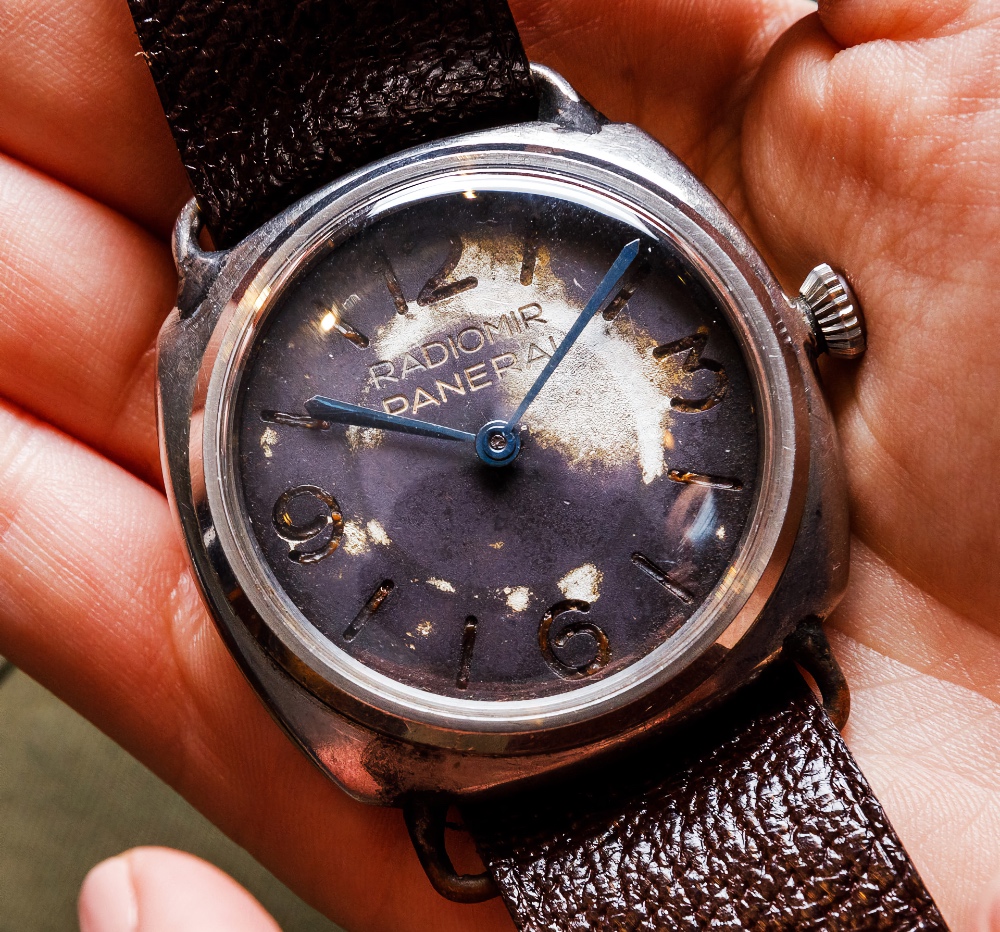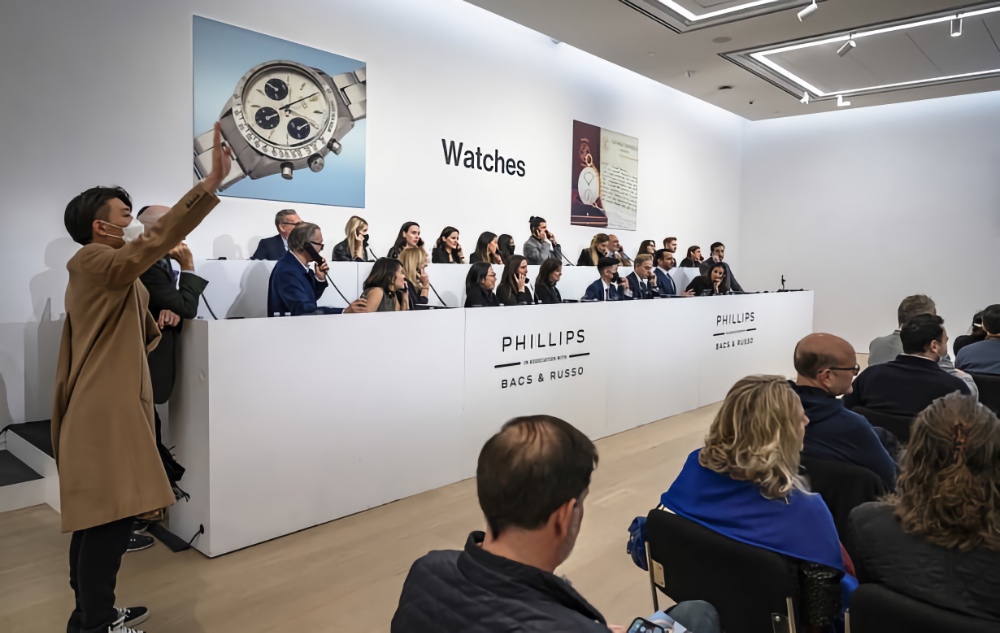1. A BLOWN-UP ROLEX-PANERAI 3646 AT SOTHEBY’S?
The history of Panerai is a fascinating one. Before it gained mainstream prominence, Panerai was made solely for use in the military — particularly the Italian Royal Navy. Because of this unique relationship, many vintage Panerai watches have seen action during the war and have interesting stories to tell. This particular example — a Rolex-Panerai Ref. 3646 — is perhaps one of the most intriguing yet because of its unusual dial. Clearly, it must have seen extraordinary events. In this article, Jose Pereztroika, an expert on vintage Panerai, shares his thoughts on what could have happened to this watch, its provenance, and the events surrounding the watch’s life.
Source: Perezcope
2. IN-DEPTH: AN ENGINEER’S TECHNICAL AND PERSONAL PERSPECTIVES ON QUARTZ TIMEKEEPING
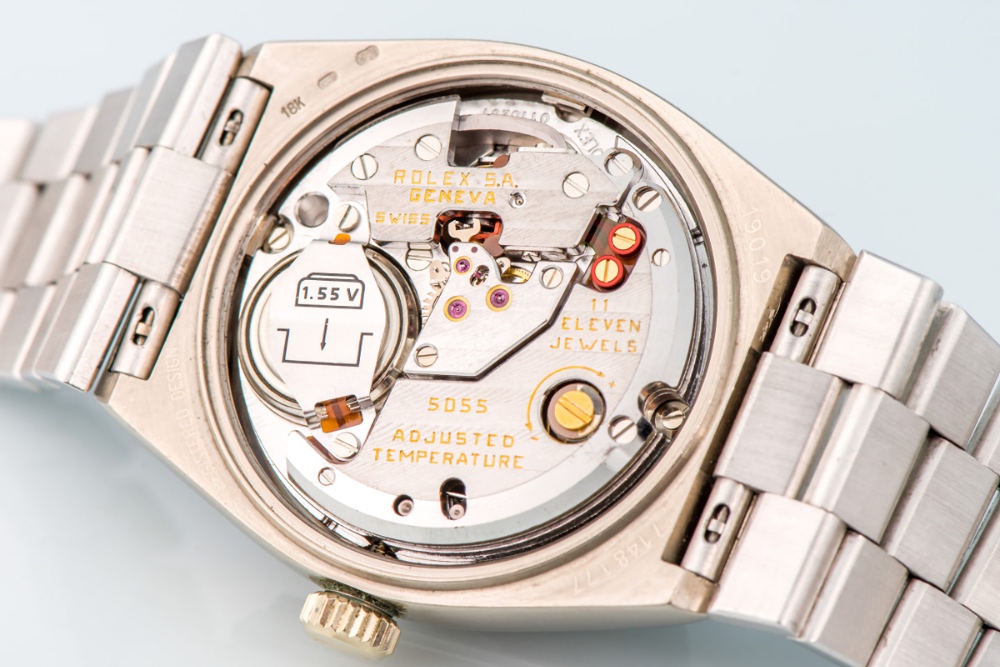
What is it about quartz watches that cause enthusiasts to turn their nose up at them? If one of the important aspects of horology is timekeeping and precision, then shouldn’t quartz watches be celebrated? Does the clinical accuracy of quartz watches somehow make them less soulful and organic? These are questions that I think many enthusiasts ponder and some even struggle with. Fortunately, we have a story here on why quartz movements should be celebrated and why they should be held in the same regard as mechanical movements. Personally, I agree; the merits of any watch should be judged holistically. And there’s no good reason why a watch with a quartz movement should be disregarded just because it runs on electricity.
Source: Watches by SJX
3. GONDOLO & LABOURIAU AND PATEK PHILIPPE – THE UNTOLD STORY OF A LEGEND
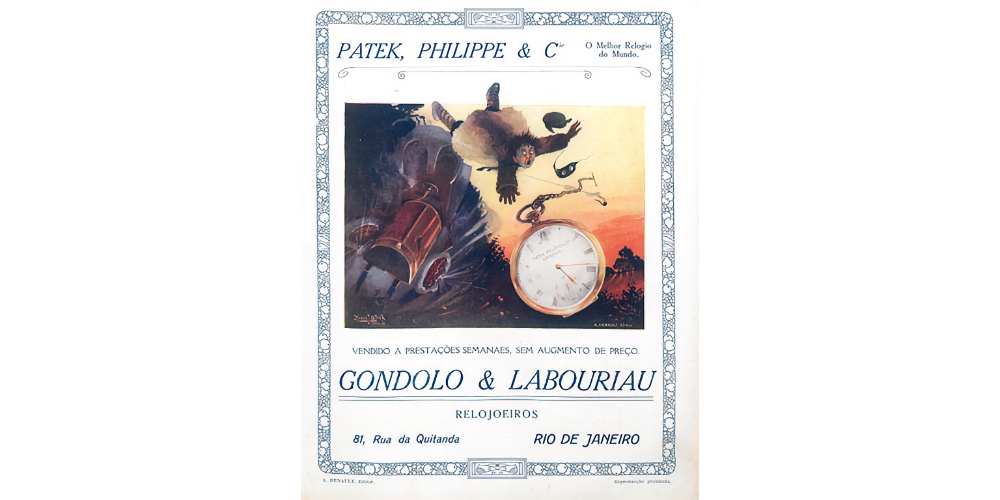
The history of Patek Philippe is intertwined with its most important retailers. Names like Tiffany & Co., Beyer, and Asprey, come to mind. Less well-known perhaps is the name Gondolo & Labouriau. Patek enthusiasts will find the name familiar because the Gondolo collection was named after them. Gondolo & Labouriau was the brand’s retailer in Rio de Janeiro, Brazil. And at their peak, they accounted for at least a third of Patek Philippe’s annual sales. According to the brand, Patek Philippe became so synonymous with watches that “Patek” even became a substitute for the word “watch.” This is the incredible story of Patek Philippe’s relationship with Gondolo & Labouriau.
Source: Collectability (Part 1), (Part 2), (Part 3)
4. WHAT DOES THE FUTURE HOLD FOR AUCTIONS?
New watches are refreshing to see, but there’s a certain charm and exclusivity with vintage watches. And if we are talking about serious vintage watches, then it’s inevitable that we also talk about watch auctions. In many ways, watch auctions are the ultimate litmus test for any watch. The scrutiny and bidding process were designed to reveal just how desirable a piece is. There are, however, concerns as to how open and transparent auctions are, but for most of us who are watching from the sidelines, it’s very entertaining to see. Now, watch auctions are undergoing a period of rapid change. The pandemic forced us to do things in different ways and smaller players have sprung up to challenge the old auction houses. This is an in-depth look into the watch auction industry and how it might affect our hobby. It’s a long one, but well worth a read.
Source: A Collected Man
5. MAX BILL TELLS TIME
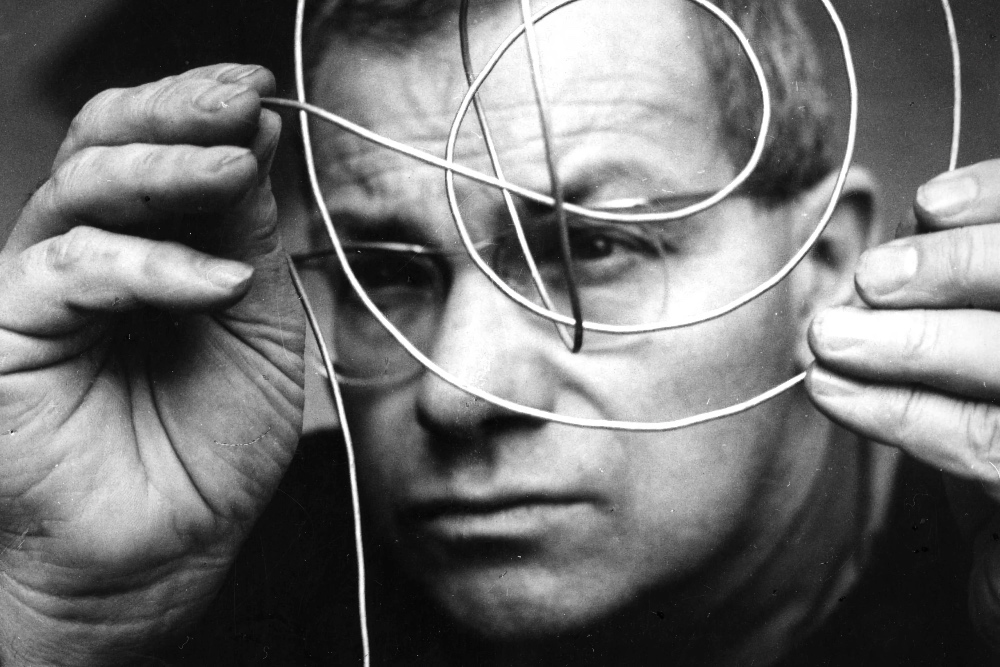
Despite being Swiss, the name Max Bill is almost synonymous with German watchmaking. Max is closely associated with the Bauhaus design movement and the German watchmaker Junghans. In the 1950s, he designed the now-iconic Max Bill Kitchen Clock, and later in the 60s, he followed up with the Max Bill watch. The Max Bill watch is now a seminal piece of watchmaking history and it’s possibly still the finest example of a clean watch dial for which form strictly follows function. Hit the link below to find out more about the works of Max Bill.
Source: Revolution

